It looks like you're using an Ad Blocker.
Please white-list or disable AboveTopSecret.com in your ad-blocking tool.
Thank you.
Some features of ATS will be disabled while you continue to use an ad-blocker.
share:
a reply to: jeep3r
It would help to have images but regardless, different rocks might affect the bush differently. Also how worn the brush is becoming, the pressure applied in each instance, etc.
Edit: What I am going on is the appearance of the fibers above the rocks, I already explained why.
It would help to have images but regardless, different rocks might affect the bush differently. Also how worn the brush is becoming, the pressure applied in each instance, etc.
Edit: What I am going on is the appearance of the fibers above the rocks, I already explained why.
edit on 1-8-2016 by intrptr because:
edit:
Not bad. These are about the closest to organic-looking things we've seen, and there are more than one of them. The problem with previous worm-like
structures we've seen is that they tend to be too singular. If you look at life on Earth, it tends to come in clusters. Earlier on in the mission
the Rover came across some leaf-like structures, but those were dismissed as crystals. The curves in these things make the crystal explanation
unlikely.
Hey, if it turns out to be fossils of old living things, great.
Maybe they'll even stop the rover long enough to actually analyze these things, rather than doing what they have been doing so far -- which is taking an image of something interesting, and then zooming off like they have a bus to catch.
P.S. -- These also don't look like scratches created by the rotating brush, but that one has puzzled me before.
Hey, if it turns out to be fossils of old living things, great.
Maybe they'll even stop the rover long enough to actually analyze these things, rather than doing what they have been doing so far -- which is taking an image of something interesting, and then zooming off like they have a bus to catch.
P.S. -- These also don't look like scratches created by the rotating brush, but that one has puzzled me before.
edit on 1-8-2016 by Blue Shift
because: (no reason given)
a reply to: intrptr
I see your point, however the tool has a certain circular motion (double circular, in fact) leaving specific patterns in the rock, that we have seen many times before.
If it were brush marks, I think we wouldn't be having this discussion since everybody would know what they look like based on its previous use on the many rocks that have been drilled.
My opinion only... but let's wait and see if any additional details become available in order to shed some light on this.
I see your point, however the tool has a certain circular motion (double circular, in fact) leaving specific patterns in the rock, that we have seen many times before.
If it were brush marks, I think we wouldn't be having this discussion since everybody would know what they look like based on its previous use on the many rocks that have been drilled.
My opinion only... but let's wait and see if any additional details become available in order to shed some light on this.
originally posted by: jeep3r
a reply to: intrptr
My opinion only... but let's wait and see if any additional details become available in order to shed some light on this.
Then you missed Wilde spaces second link. Look again at the thumb nail image with zoom feature in here, should remove all doubt...
www.unmannedspaceflig ht.com
a reply to: intrptr
I actually did notice that link in wildespace's previous post, but the doubts remain. Also see my reply to wildespace, earlier applications of the brush didn't produce these features.
Also, if you look very closely, you will notice that the rotational features produced by the brush are faintly visible in some areas in the original image of the OP but it's a completely different pattern (also a larger radius).
I actually did notice that link in wildespace's previous post, but the doubts remain. Also see my reply to wildespace, earlier applications of the brush didn't produce these features.
Also, if you look very closely, you will notice that the rotational features produced by the brush are faintly visible in some areas in the original image of the OP but it's a completely different pattern (also a larger radius).
originally posted by: Blue Shift
Maybe they'll even stop the rover long enough to actually analyze these things, rather than doing what they have been doing so far -- which is taking an image of something interesting, and then zooming off like they have a bus to catch.
P.S. -- These also don't look like scratches created by the rotating brush, but that one has puzzled me before.
A bus to catch?
Or worse, they might get rid of it altogether as was the case with opportunity and Hoover's alleged crinoid fossil:
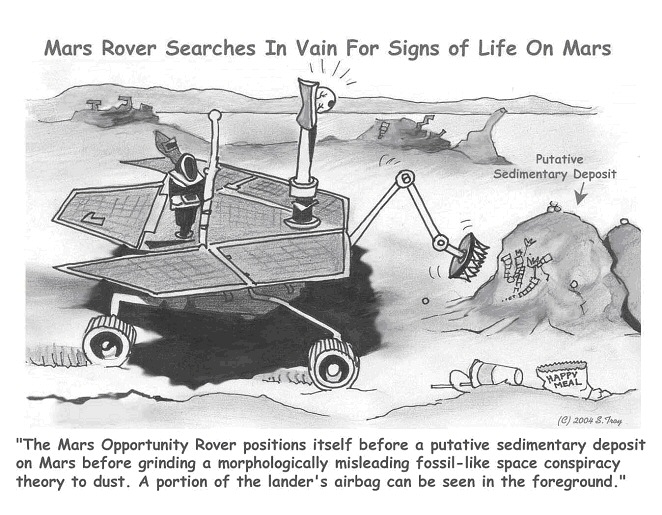
Are they about to do it again?
a reply to: jeep3r
Funny cartoon. Correct me if I'm wrong, the on board lab isn't set up to investigate sigs of life, just rocks and minerals...theres a reason for that.
Instrument suite
Funny cartoon. Correct me if I'm wrong, the on board lab isn't set up to investigate sigs of life, just rocks and minerals...theres a reason for that.
Instrument suite
originally posted by: intrptr
a reply to: jeep3r
Funny cartoon. Correct me if I'm wrong, the on board lab isn't set up to investigate sigs of life, just rocks and minerals...theres a reason for that.
Instrument suite
The good old Oppy meme, always good for a laugh!
As for signs of life (extant or past), I think that's not officially part of MSL's mission hence the 2020 rover design which will be outfitted with dedicated equipment to search for life.
Regarding surface fossil composition, perhaps ChemCam could do the trick to determine whether mineralisation has taken place or not and what the components are (but I don't know if that would work for features that small)? The SAM unit could take in the drill samples and probably determine the overall composition of that mixed bag of materials.
I guess it would be good to know what to expect from a drill sample's composition in case there were fossils in it, but I'm not sure if the result would be unambiguous.
edit on 1-8-2016 by jeep3r because: text
originally posted by: jeep3r
As for signs of life (extant or past), I think that's not officially part of MSL's mission hence the 2020 rover design which will be outfitted with dedicated equipment to search for life.
Well, on the other hand, their original mission has long since ended, and now they're just winging it. It wouldn't kill them to start focusing on some of the obvious structures that might indicate previous life, spend a little extra time there, before going mountain climbing, which I'm not sure will accomplish all that much other than provide a really nice panorama.
a reply to: jeep3r
It would because the laser that vaporizes the samples is only interested in atoms. i.e., elements. Life isn't on the Periodic Table.
I guess it would be good to know what to expect from a drill sample's composition in case there were fossils in it, but I'm not sure if the result would be unambiguous.
It would because the laser that vaporizes the samples is only interested in atoms. i.e., elements. Life isn't on the Periodic Table.
originally posted by: Blue Shift
originally posted by: intrptr
It would because the laser that vaporizes the samples is only interested in atoms. i.e., elements. Life isn't on the Periodic Table.
But it has the tendency to collect certain elements in higher concentrations.
Using CheMin, scientists will be able to study further the role that water, an essential ingredient for life as we know it, played in forming minerals on Mars. For example, gypsum is a mineral that contains calcium, sulfur, and water. Anhydrite is a calcium and sulfur mineral with no water in its crystal structure. CheMin will be able to distinguish the two. Different minerals are linked to certain kinds of environments. Scientists will use CheMin to search for mineral clues indicative of a past Martian environment that might have supported life.
(emphasis added)
well...
Allan Hills 84001
en.wikipedia.org...
Meteorite-Based Debate Over Martian Life Is Far from Over
By Michael Schirber | October 21, 2010 07:41am ET
www.space.com...
even tho long ago NASA reveled this ...
Meteorite Yields Evidence of Primitive Life on Early Mars
www2.jpl.nasa.gov...
Well one can Argue with these GUYS
The ALH 84001 Meteorite
www2.jpl.nasa.gov...
It was immersed in water at one time
Mars Meteorites
www2.jpl.nasa.gov...
Could These Cauliflower-Like Shapes On Mars Have Been Sculpted By Microbes?
Potential evidence of tiny, ancient Martians
By Sarah Fecht February 1, 2016
www.popsci.com...
Allan Hills 84001
en.wikipedia.org...
n November 2009, a team of scientists at Johnson Space Center, including McKay, argued that since their original paper was published, the biogenic hypothesis has been "further strengthened by the presence of abundant fossil-like structures in other Martian meteorites."[16] However, the scientific consensus is that "morphology alone cannot be used unambiguously as a tool for primitive life detection."[18][19][20] Interpretation of morphology is notoriously subjective, and its use alone has led to numerous errors of interpretation.[18]
Meteorite-Based Debate Over Martian Life Is Far from Over
By Michael Schirber | October 21, 2010 07:41am ET
www.space.com...
even tho long ago NASA reveled this ...
Meteorite Yields Evidence of Primitive Life on Early Mars
www2.jpl.nasa.gov...
Well one can Argue with these GUYS
Donald L. Savage Headquarters, Washington, DC (Phone: 202/358-1727)
James Hartsfield Johnson Space Center, Houston, TX (Phone: 713/483-5111)
David Salisbury Stanford University, Palo Alto, CA (Phone: 415/723-2558)
RELEASE: 96-160
The ALH 84001 Meteorite
www2.jpl.nasa.gov...
It was immersed in water at one time
Mars Meteorites
www2.jpl.nasa.gov...
Could These Cauliflower-Like Shapes On Mars Have Been Sculpted By Microbes?
Potential evidence of tiny, ancient Martians
By Sarah Fecht February 1, 2016
www.popsci.com...
originally posted by: Tjoran
originally posted by: Orionx2
Why wouldn't there have been some kind of life on Mars? If earth did why not Mars? Mars just had an unfortunate end of its core solidifying and its magnetic field deteriorating.
I guess the real question is how far did life evolve on Mars before its magnetic field and its core failed? And what does it really matter to us?
At one point of time mars looked just like earth did. So i imagine there is a plethora of fossils (and possibly things that are still alive) deeper underground away from the radiated surface. I wouldn't be surprised if there were actual animals not unlike earth (in fact i bet thats how earth got seeded in the first place. One massive volcanic eruption or asteroid would send rocks spiraling towards earth.)
It's all so very exciting, And so are these images. I hope NASA makes a statement soon
Well if earth got "seeded" if flies in the face of everything we know about life on earth. We can even trace things back to how and when (sort of) the first organic compounds were created in the ocean. Unless mars sent basic organic compounds, it doesn't gel with our current understanding of the origins of life. would be really, really cool though.
a reply to: noonebutme
If there was E.T. Intellect , Life on Mars..
I would assume they used Mars as an Outpost
as in not their Home Planet ..
Im still waiting for NASA to Land, Rovers around
Cydonia and the Upper North Pole region on Mars.
to End the Conspiracy Mystery !!
instead they land one of the Rovers in a Dam Crater!!
and other in a particular wastelands ..
yeah yeah i know NASA claimed its pointless to place those rover to those areas ..
it would of been interesting tho ..
Mars Cydonia
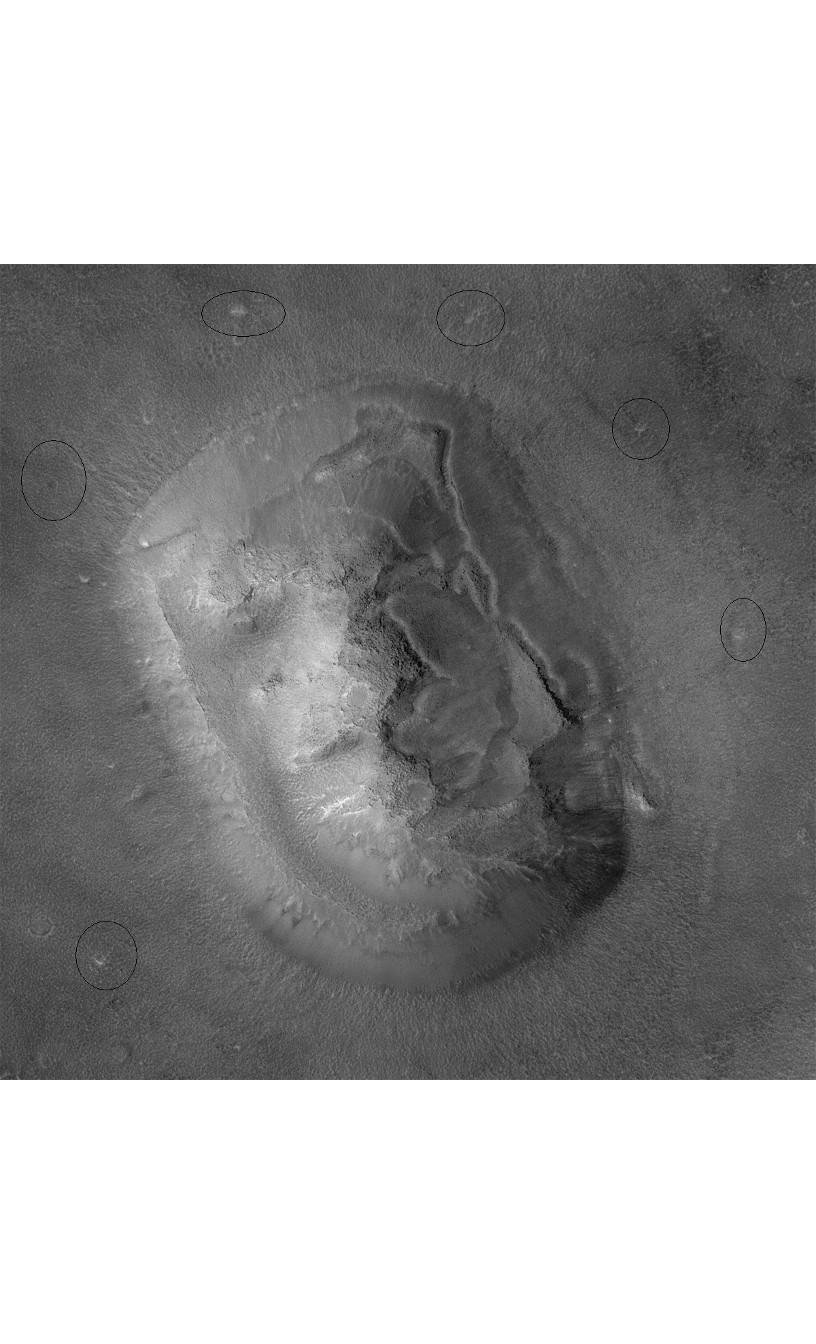
Earth Iran Malik Shah
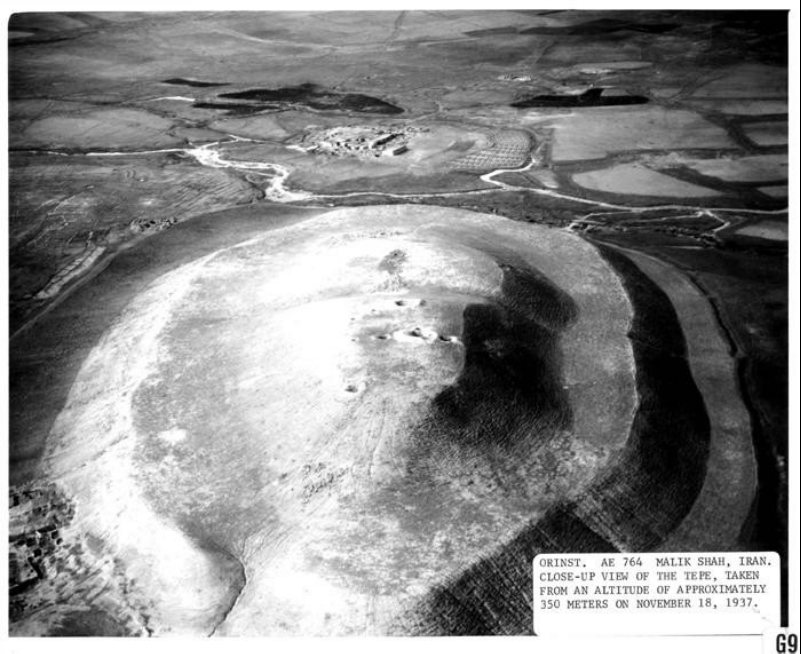
Mars Cydonia
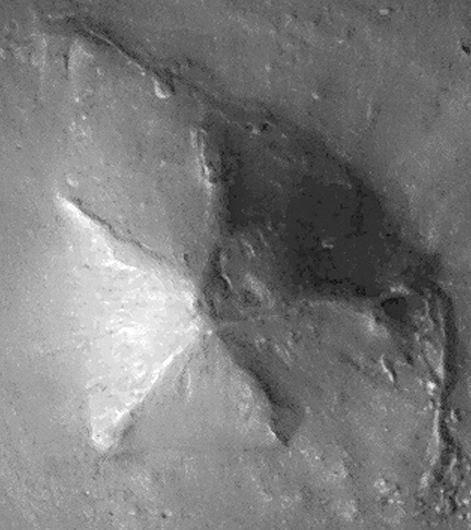
Dadan Mound Iran
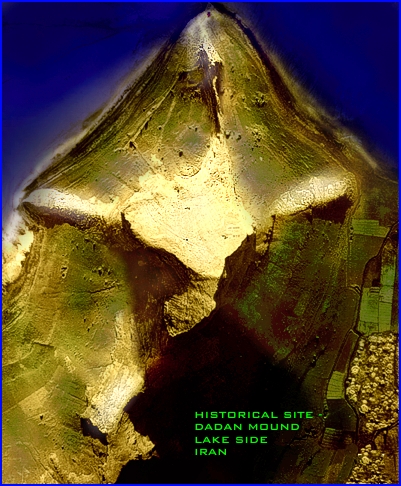
If there was E.T. Intellect , Life on Mars..
I would assume they used Mars as an Outpost
as in not their Home Planet ..
Im still waiting for NASA to Land, Rovers around
Cydonia and the Upper North Pole region on Mars.
to End the Conspiracy Mystery !!
instead they land one of the Rovers in a Dam Crater!!
and other in a particular wastelands ..
yeah yeah i know NASA claimed its pointless to place those rover to those areas ..
it would of been interesting tho ..
Mars Cydonia

Earth Iran Malik Shah

Mars Cydonia

Dadan Mound Iran

I've changed my mind, those swirls look like tiny mineral veins. Gerald at UMSF agrees:
So, these veins aren't literally lying on top of the bedrock, but they are protruding from it slightly. Previous brush events seems to have been over a harder type of bedrock.
Those brighter mineralic-looking inclusions/veins/concretions seem to be a little harder than the surrounding soft (inferred from the scratches) rock.
Do we see carbonates (like calcite) for the first time, or is this still a sulfate?
So, these veins aren't literally lying on top of the bedrock, but they are protruding from it slightly. Previous brush events seems to have been over a harder type of bedrock.
The day Gil Levin says he detected life on Mars, he was waiting in his lab at NASA's Jet Propulsion Laboratory, watching a piece of paper inch out of a printer.
Levin snatched the sheet and scrutinized the freshly inked graph. A thin line measuring radioactive carbon crept steadily upward, just as it always did when Levin performed the test with microbes on Earth. But this data came from tens of millions of miles away, where NASA's Viking lander was — for the first time in history — conducting an experiment on the surface of Mars.
"Gil, that's life," his co-investigator, Patricia Straat, exclaimed when she saw the first results come in. There was jubilation at JPL. Afterward, Levin said, he drove into the mountains above Los Angeles, sat on the ground and stared up at the night sky.
"I was sort of trembling, you know?" he recalled. It was July 30, 1976.
Source, Washington Post, July 30, 2016: Why NASA still believes we might find life on Mars.
So using one method and looking at carbon numbers, found proof. Then they were told, "Your data is off! That is a chemical process you are reporting. Oh, btw, there is no water on Mars"! So the public remains calm. "See no Martians!"
Then last year the Mars Reconnaissance Orbitor spots a clear, unambiguous sign of water flowing not 9 million years ago but during the season. NASA, "Sorry, there is water on Mars." Now they want to poke around in rocks looking for fossils using some new rover set to launch in 2020s?
Uh, hey NASA, you owe these guys big time for proving you wrong from 40 years ago!.
Instead, it is slow release while some of us believe what the math and data said, there is life on Mars.
new topics
-
God's Righteousness is Greater than Our Wrath
Religion, Faith, And Theology: 3 hours ago -
Electrical tricks for saving money
Education and Media: 7 hours ago -
VP's Secret Service agent brawls with other agents at Andrews
Mainstream News: 8 hours ago -
Sunak spinning the sickness figures
Other Current Events: 9 hours ago -
Nearly 70% Of Americans Want Talks To End War In Ukraine
Political Issues: 9 hours ago -
Late Night with the Devil - a really good unusual modern horror film.
Movies: 11 hours ago
top topics
-
VP's Secret Service agent brawls with other agents at Andrews
Mainstream News: 8 hours ago, 9 flags -
Cats Used as Live Bait to Train Ferocious Pitbulls in Illegal NYC Dogfighting
Social Issues and Civil Unrest: 12 hours ago, 8 flags -
Electrical tricks for saving money
Education and Media: 7 hours ago, 4 flags -
HORRIBLE !! Russian Soldier Drinking Own Urine To Survive In Battle
World War Three: 16 hours ago, 3 flags -
Nearly 70% Of Americans Want Talks To End War In Ukraine
Political Issues: 9 hours ago, 3 flags -
Sunak spinning the sickness figures
Other Current Events: 9 hours ago, 3 flags -
Late Night with the Devil - a really good unusual modern horror film.
Movies: 11 hours ago, 2 flags -
The Good News According to Jesus - Episode 1
Religion, Faith, And Theology: 14 hours ago, 1 flags -
God's Righteousness is Greater than Our Wrath
Religion, Faith, And Theology: 3 hours ago, 0 flags
active topics
-
Sunak spinning the sickness figures
Other Current Events • 6 • : angelchemuel -
HORRIBLE !! Russian Soldier Drinking Own Urine To Survive In Battle
World War Three • 33 • : Degradation33 -
How ageing is" immune deficiency"
Medical Issues & Conspiracies • 34 • : angelchemuel -
Nearly 70% Of Americans Want Talks To End War In Ukraine
Political Issues • 13 • : Freeborn -
Mood Music Part VI
Music • 3101 • : ThatSmellsStrange -
VP's Secret Service agent brawls with other agents at Andrews
Mainstream News • 41 • : ThatSmellsStrange -
New whistleblower Jason Sands speaks on Twitter Spaces last night.
Aliens and UFOs • 55 • : baablacksheep1 -
Cats Used as Live Bait to Train Ferocious Pitbulls in Illegal NYC Dogfighting
Social Issues and Civil Unrest • 20 • : Asher47 -
Electrical tricks for saving money
Education and Media • 4 • : Lumenari -
DONALD J. TRUMP - 2024 Candidate for President - His Communications to Americans and the World.
2024 Elections • 514 • : WeMustCare
